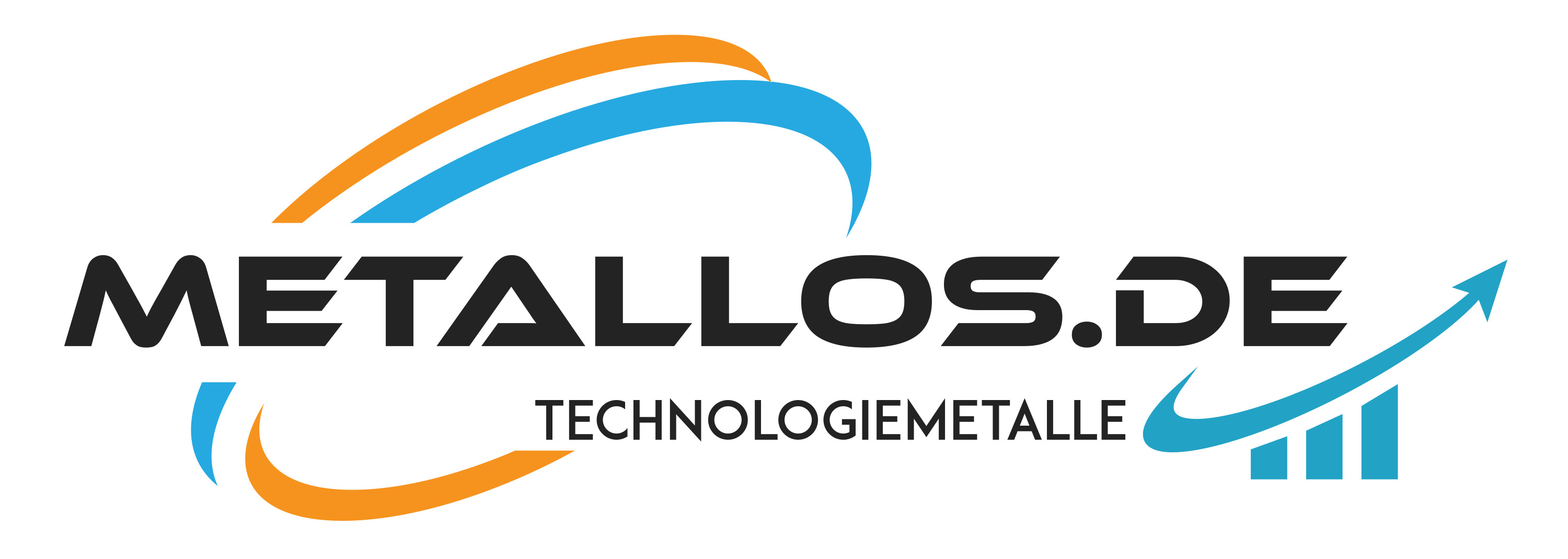1kg Holmium metal 99.9%, rare earth metal
Description
1kg Holmium metal 99.9%, rare earth metal
Buy high purity holmium metal with min 99.5% purity now
Holmium metal is a rare earth metal.
We offer you the best price for 1kg Holmium Metal.
The current Holmium price is stable at the moment.
It is just at 249€/kg, so you should buy holmium metal now.
buy 99.5% holmium
price holmium 1kg 249 euro
- Can be delivered within 10 - 12 working days by GLS or DHL
- Purity: min.: 99,5%
- Quantity: 1kg
- Quantity discounts see below
The silvery-white shiny rare earth metal is soft and malleable. Holmium has special magnetic properties. In its ferromagnetic properties, it is far superior to iron. At 10.6 μB, it has the highest magnetic moment of any naturally occurring chemical element. With yttrium, it forms magnetic compounds. In dry air, holmium is relatively stable; in moist or warm air, it tarnishes rapidly, forming a yellowish oxide layer. At temperatures above 150 °C it burns to form the sesquioxide Ho2O3. It reacts with water to form hydroxide with hydrogen evolution. It dissolves in mineral acids to form hydrogen.
AREAS OF APPLICATION
The rare earth element is used in optical glasses as well as in metal vapor lamps. Its excellent magnetic properties make it indispensable for generating particularly strong magnetic fields. In atomic technology, it is used as a shielding material. Laser materials such as yttrium-iron garnet, yttrium-aluminum garnet and yttrium-lithium fluoride, which are needed for the production of microwave components and solid-state lasers, are often doped with holmium.
- Railing construction
- Food industry
- Beverage industry
- Chemistry
Holmium is a chemical element with the element symbol Ho and the atomic number 67. In the periodic table it is in the lanthanide group and thus also belongs to the rare earth metals. In 1878, the Swiss chemists Marc Delafontaine and Jacques-Louis Soret discovered the element spectroscopically through its deviating absorption lines. They named the new element 'X'. In 1879, the Swedish chemist Per Teodor Cleve discovered the new element independently of the two Swiss and isolated it as a yellow oxide from impure erbium (erbium oxide). Cleve used a method developed by Carl Gustav Mosander; he first separated all known impurities before attempting to separate the remainder. He obtained a brown residue, which he named Holmia, and a green residue, which was named Thulia. It was not until 1911 that the Swedish chemist Holmberg succeeded in obtaining pure holmium oxide. Whether he adopted the name Holmium, suggested by Cleve for the Swedish capital Stockholm, or regarded it as a derivative of his own name is not known. Metallically pure holmium was first produced in 1940. Naturally, holmium occurs only in compounds.
Extraction
After a complex separation of the other holmium companions, the oxide is reacted with hydrogen fluoride to form holmium fluoride. Subsequently, it is reduced with calcium to form calcium fluoride to metallic holmium. Remaining calcium residues and impurities are separated in an additional remelting in vacuum.
Other applications:
Magnetic bubble accumulators using thin-film alloys of holmium-iron, holmium-nickel and holmium-cobalt. Control rods in breeder reactors. Doping of yttrium iron garnet (YIG), yttrium aluminum garnet (YAG), and yttrium lithium fluoride (YLF) for solid-state lasers (holmium lasers with an emission wavelength of 2.1µm [7]) and microwave devices in medical technology. Holmium oxide used to produce yellow glass, among other things, because of its sharp absorption bands for calibration functions for photometers. Holmium has no known biological function. Holmium and holmium compounds are considered to have low toxicity. Metal dusts are flammable and explosive.
Symbol: Ho
Electron configuration: [Xe] 4f116s2
Atomic mass: 164.93032 u
Atomic number: 67
Electrons per shell: 2,8,18,29,8,2
Melting point: 1,474 °C
Boiling point: 2,695 °C
